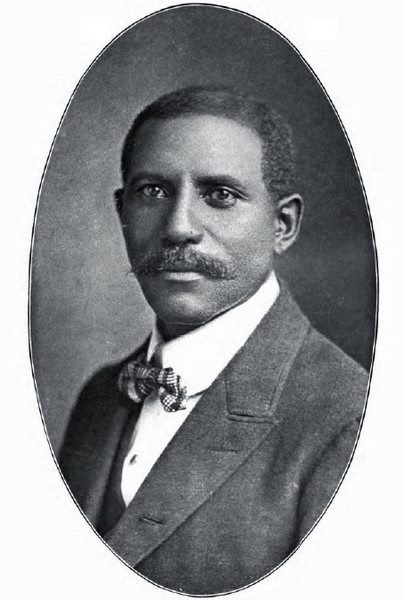
Word of the Day: Exemplum
Today’s word of the day, thanks to wordsmith.org’s “A.Word.A.Day,” is exemplum, a noun that means 1. “An example or model” or 2. “An anecdote used to illustrate a moral truth or support an argument.” It is actually a Latin word, a second declension neuter noun, borrowed directly from Latin. The English word is actually example. It is more often used in the second sense because it is more often used by literary scholars labeling different kinds of stories, and certain kinds of stories, like fables or parables, are often classified as exampla (the –a ending in Latin is the nominative plural of exemplum—compare data [singular datum]).
On this date in 1890, William B. Purvis received a patent for his redesign of the fountain pen.
Some background: William B. Purvis was one of eight children born to Joseph and Sarah Purvis somewhere in Pennsylvania. His extended family was involved in the Underground Railway. One of his grandfathers, James Forten, was a wealthy businessman in Philadelphia and a strong abolitionist.
As a young man, Purvis worked a variety of low-paying jobs but used his spare time to work on inventions. He was interested in paper bags and worked on improving machinery to make such bags. Eventually, he had 12 different patents related to the manufacture of paper bags, so he started his own company, the Sterling Paper Bag Company, but the company eventually went bankrupt in 1884. He was able to sell his patents to the Eastern Paper Bag Company, offsetting some of the $100,000 he owed as the result of his bankruptcy.
Then he hit upon an improvement to the fountain pen, and improvement that would work so well that people could actually carry a pen in a pocket. Keep in mind that in 1890 we are not all that far removed from the quill pen and ink jars. He placed an elastic tube between the ink reservoir and the tip of the pen, which allowed excess ink to be returned to the reservoir while at the same time making the distribution of the ink on the page more even and more consistent. Since most of you have probably never used a fountain pen, this might be hard to imagine, but fountain pens, even with the improvements invented by Purvis, could be pretty splotchy.
The fountain pen was not Purvis’s first invention related to ink. In 1883, he made some improvements to the hand stamp so that such a stamp would be self-inking.
The fountain pen was also not the end of Purvis’s career as an inventor. He became interested in electric trains and invented the closed-conduit electric train, which involved an electromagnet in the center of the car and enclosed iron on the tracks. He started the Union Electric Construction Company in 1900, and took it public the same year. The company continued on well after his death in 1914.
He never married and lived with his sister.
Purvis began life one of eight children, his schooling was nothing like the schooling that is available to young people today, and he experienced failure as well as success. His life story is an exemplum of the old adage “If at first you don’t succeed, try, try again.”
I found this picture of William B. Purvis on the Afropunk Facebook page.